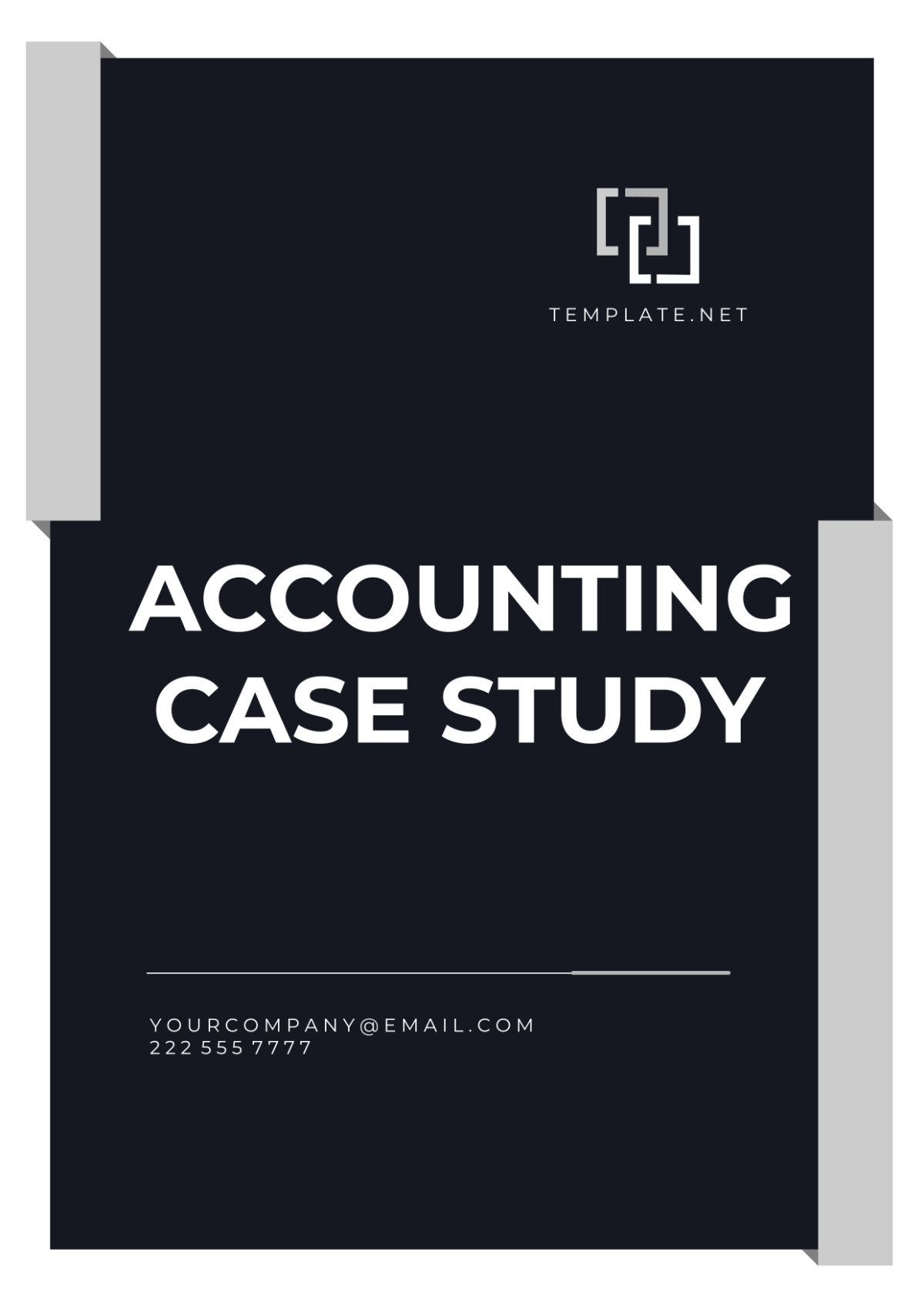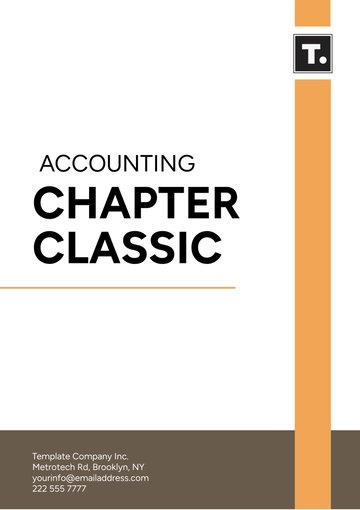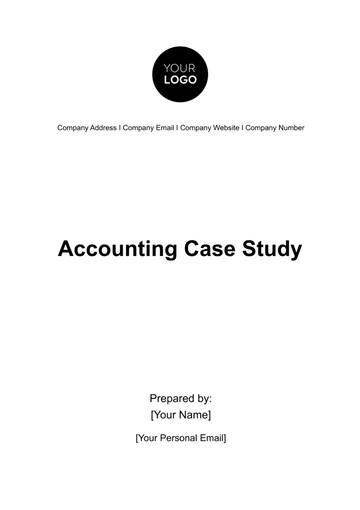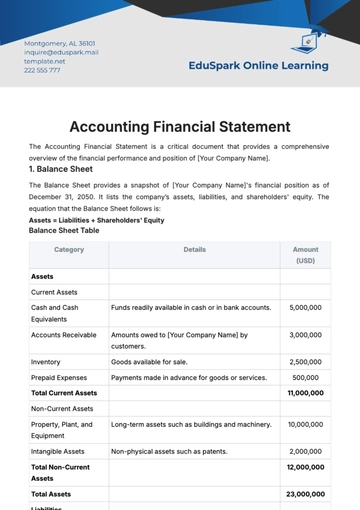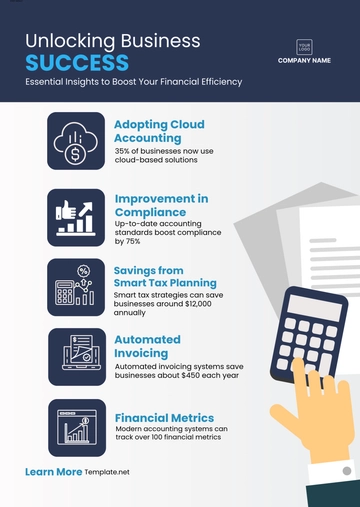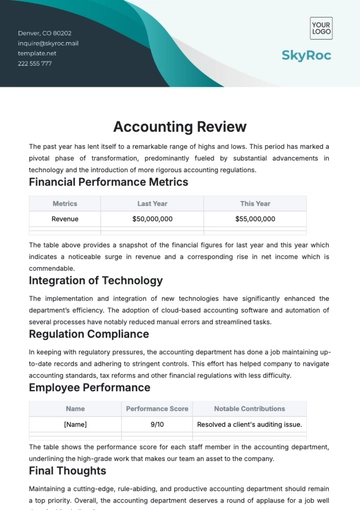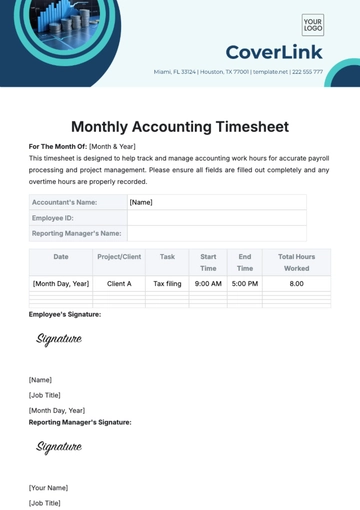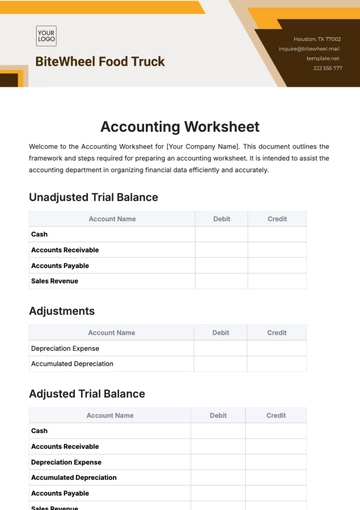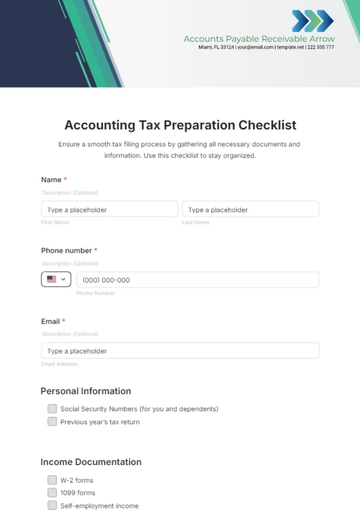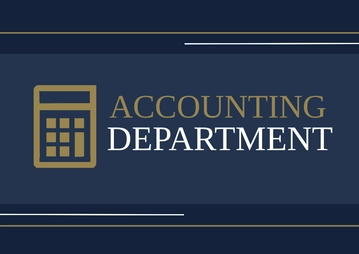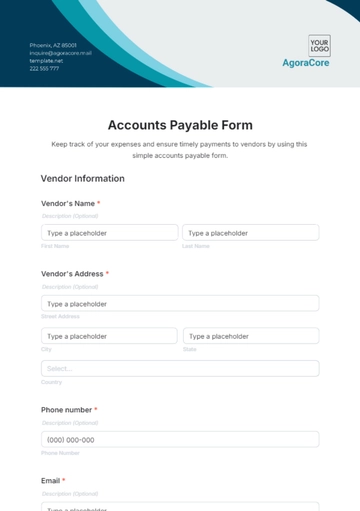Accounting Case Study
I. Executive Summary
The [Your Company Name] Accounting Case Study provides an in-depth analysis of [Your Company Name]'s financial management practices, focusing on cost management strategies. This case study examines the challenges faced by [Your Company Name] and proposes strategic solutions to optimize financial performance and ensure compliance with regulatory standards.
[Your Name], Chief Financial Officer at [Your Company Name], initiated this case study to identify areas for improvement and implement effective financial strategies. The findings outlined in this report aim to guide [Your Company Name] toward sustainable growth and profitability in today's dynamic business environment.
II. Introduction
II.I Background
[Your Company Name] is a leading manufacturing firm, specializing in industrial machinery. Established in [Year], the company has achieved significant milestones in the industrial sector and is renowned for its commitment to excellence. With a strong emphasis on innovation and customer satisfaction, Acme Corporation has garnered a loyal customer base and maintained steady growth over the years.
II.II Objective
The primary objective of this case study is to assess [Your Company Name]'s accounting practices and identify opportunities for improvement. Key focus areas include:
Financial Reporting: Evaluate the accuracy and transparency of financial statements.
Cost Management: Analyze cost structures and identify opportunities for cost reduction.
Compliance: Ensure adherence to regulatory requirements and accounting standards.
Risk Management: Identify and mitigate financial risks to safeguard [Your Company Name]'s assets and reputation.
III. Methodology
III.I Data Collection
To conduct this case study, data was gathered from various sources, including:
Financial Statements: Annual reports, balance sheets, and income statements.
Internal Documents: Accounting policies, procedures, and internal controls.
Interviews: Discussions with key stakeholders, including department heads, finance team, and external auditors.
Market Research: Industry benchmarks and trends analysis.
III.II Analysis
Data collected was analyzed using quantitative and qualitative methods to gain insights into [Your Company Name]'s financial performance and accounting practices. Key areas of analysis included:
Profitability: Assessing profit margins, return on investment, and financial ratios.
Liquidity: Evaluating cash flow management and liquidity ratios.
Efficiency: Analyzing asset utilization and operational efficiency.
Risk Assessment: Identifying potential financial risks and their impact on [Your Company Name]'s operations.
IV. Findings
IV.I Financial Reporting
The analysis revealed that [Your Company Name] demonstrates a strong commitment to transparent financial reporting. However, certain areas require attention to enhance accuracy and compliance with accounting standards. Key findings include:
Accuracy: Financial statements are generally accurate, but discrepancies were noted in inventory valuation.
Transparency: Disclosures are comprehensive, but improvements can be made to enhance clarity for stakeholders.
Compliance: [Your Company Name] is compliant with most regulatory requirements, but adjustments are needed in tax reporting.
IV.II Cost Management
[Your Company Name] effectively manages costs, but opportunities exist to optimize expenditure and improve cost efficiency. Key findings include:
Cost Structure: The majority of costs are allocated to production, with room for optimization in procurement.
Cost Reduction Opportunities: Identified opportunities for cost reduction include renegotiating supplier contracts and streamlining production processes.
Cost Control Measures: Recommendations for implementing cost control measures to enhance profitability and competitiveness.
V. Recommendations
Based on the findings of the analysis, the following recommendations are proposed to [Your Company Name]:
Enhance Financial Reporting: Implement measures to improve accuracy and transparency in financial reporting, particularly in inventory valuation.
Optimize Cost Management: Develop strategies to reduce costs in procurement and streamline production processes.
Strengthen Compliance: Enhance compliance with tax reporting requirements and ensure alignment with accounting standards.
Mitigate Financial Risks: Implement risk management strategies to mitigate risks associated with inventory valuation and tax compliance.
VI. Implementation Plan
VI.I Timeline
The implementation of the recommendations will be carried out in phases, as outlined below:
Phase | Activities | Timeline |
|---|
Phase 1 | Conduct internal audit | Q2 2050 |
Phase 2 | Implement financial reporting reforms | Q3 2050 |
Phase 3 | Execute cost optimization strategies | Q4 2050 |
Phase 4 | Enhance compliance measures | Q1 2051 |
VI.II Responsible Parties
Finance Department: Oversight of financial reporting reforms and compliance measures.
Procurement Team: Implementation of cost optimization strategies.
External Consultants: Advisory role in risk management and compliance.
VII. Conclusion
The [Your Company Name] Accounting Case Study highlights the importance of effective financial management in driving business success. By implementing the proposed recommendations, [Your Company Name] can enhance its financial performance, ensure regulatory compliance, and mitigate risks effectively. This case study serves as a roadmap for [Your Company Name] to achieve its long-term financial objectives and sustain competitive advantage in the market.
Prepared by:
[Your Name]
Chief Financial Officer
Contact Details:
[Your Company Email]
[Your Company Number]
Case Study Templates @ Template.net
